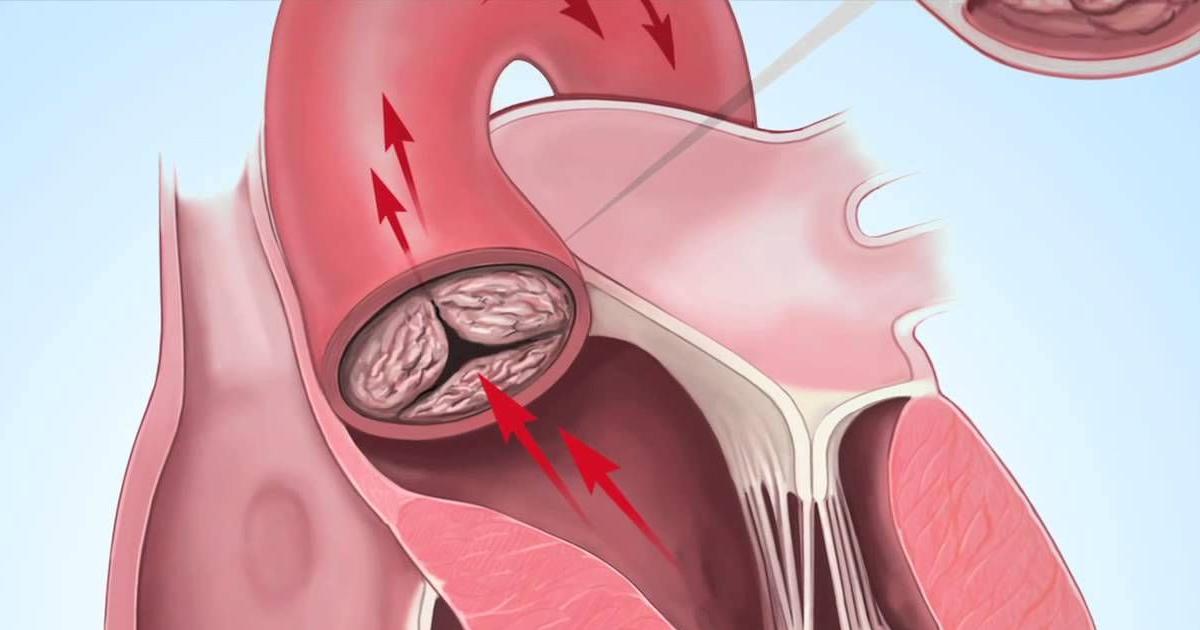Risk Factors And Causes Of Left Ventricular Hypertrophy
Aortic Valve Stenosis

Aortic valve stenosis is a heart valve disease where the aortic valve opening becomes narrowed. It can be a result of a heart defect present when an individual is born, or it can develop over time. Calcium buildup on the valve and scarring from rheumatic fever can cause aortic valve stenosis. When a patient has this condition, their aortic valve is unable to open fully to allow blood to flow out of the heart and into their aorta or the main artery that supplies blood to the body. Oxygen-poor blood from the body flows into the right atrium of the heart, into the right ventricle, and then out to the lungs. The oxygenated blood comes back from the lungs and flows into the left atrium and down into the left ventricle. From the left ventricle, the newly oxygenated blood has to flow through the aortic valve and then into the aorta to supply the rest of the body. However, when the aortic valve becomes narrowed, the left atrium and left ventricle have to work much harder to push the blood out of the heart through the aortic valve and into the aorta. As a result of this overburden on the left ventricle and atrium, left ventricular hypertrophy develops, or the left ventricle walls become thickened.
Continue reading to reveal more risk factors and causes of left ventricular hypertrophy now.